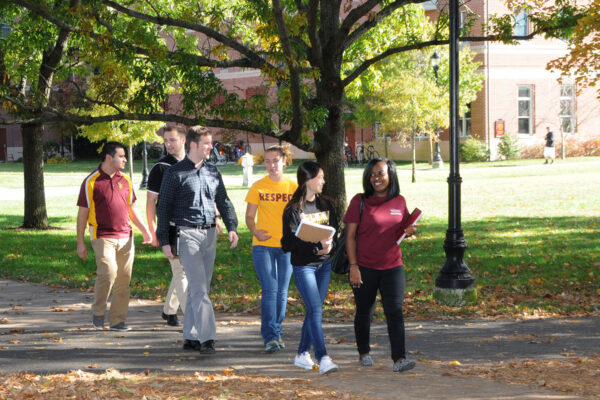Coupling Workforce Competencies and the Curriculum
Title: Workplace Basics: The Competencies Employers Want
Authors: Anthony P. Carnevale, Megan L. Fasules, and Kathryn Peltier Campbell
Source: Georgetown University Center on Education and the Workforce
Shifts in economic and workforce needs have resulted in lower demand for physical competencies and greater demand for cognitive competencies across occupations, according to a new report from the Georgetown University Center on Education and the Workforce.
The report draws upon data from the U.S. Department of Labor Occupational Information Network, which regularly surveys workers regarding the specific knowledge areas, skills, and abilities associated with their occupations. Large shifts in workforce need appear to be driven by educational attainment. According to the report, 43 percent of the workforce held bachelor’s degrees, up from 15 percent in 1970. At the same time, around 1 in 5 workers (21 percent) worked in blue collar occupations in 2019, down from 2 out of 5 (40 percent) in 1970.
The authors provide an overview of competencies in the modern workforce, the top five in-demand competencies (communication; teamwork; sales and customer service; leadership; and problem solving and complex thinking) and the labor market rewards associated with all competencies. Of the competency groups examined, they find communications as the most in-demand competency across all occupations, consistently ranking within the top three sought in each occupation group. Finally, the report concludes with recommendations for a range of audiences including students, educators, employers, and policymakers on how to couple workforce competencies and educational experiences.
Among others, the authors recommend:
- Educators provide students with structured opportunities for career exploration and comprehensive career counseling. Opportunities can range, but are not limited to organizing career fairs, site visits, intern and externships, and requiring career focused academic work throughout academic programs.
- Employers develop partnerships with secondary and postsecondary schools to provide practical opportunities for students to develop competencies in workplace settings.
- Policymakers guard against the use of tracking in educational and workforce systems, to ensure workers have access to a range of educational options and outcomes, rather than be tracked into narrow vocational training tracks.
To read the full report click here or visit the Georgetown University Center on Education and the Workforce website.
—Charles Sanchez
If you have any questions or comments about this blog post, please contact us.


